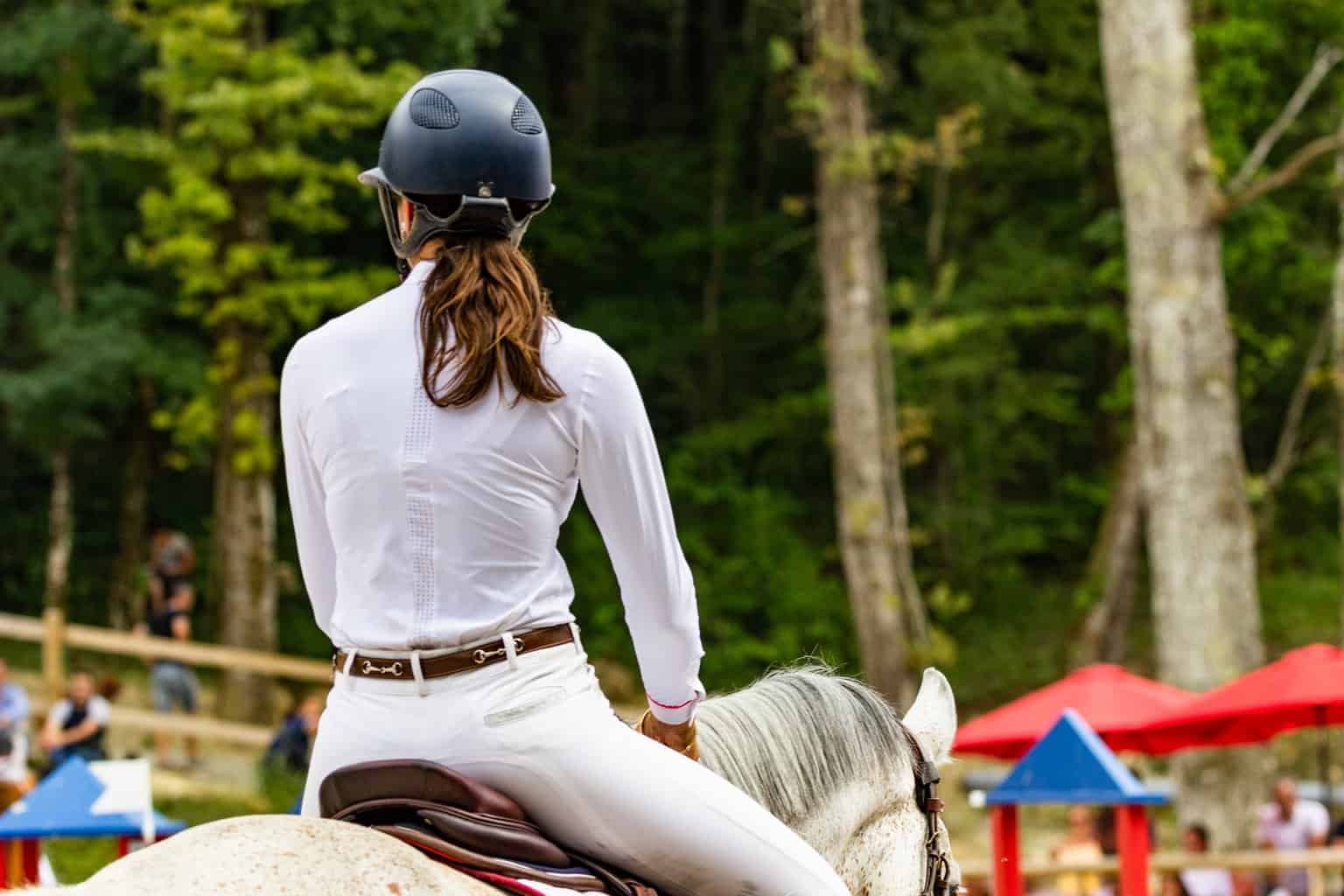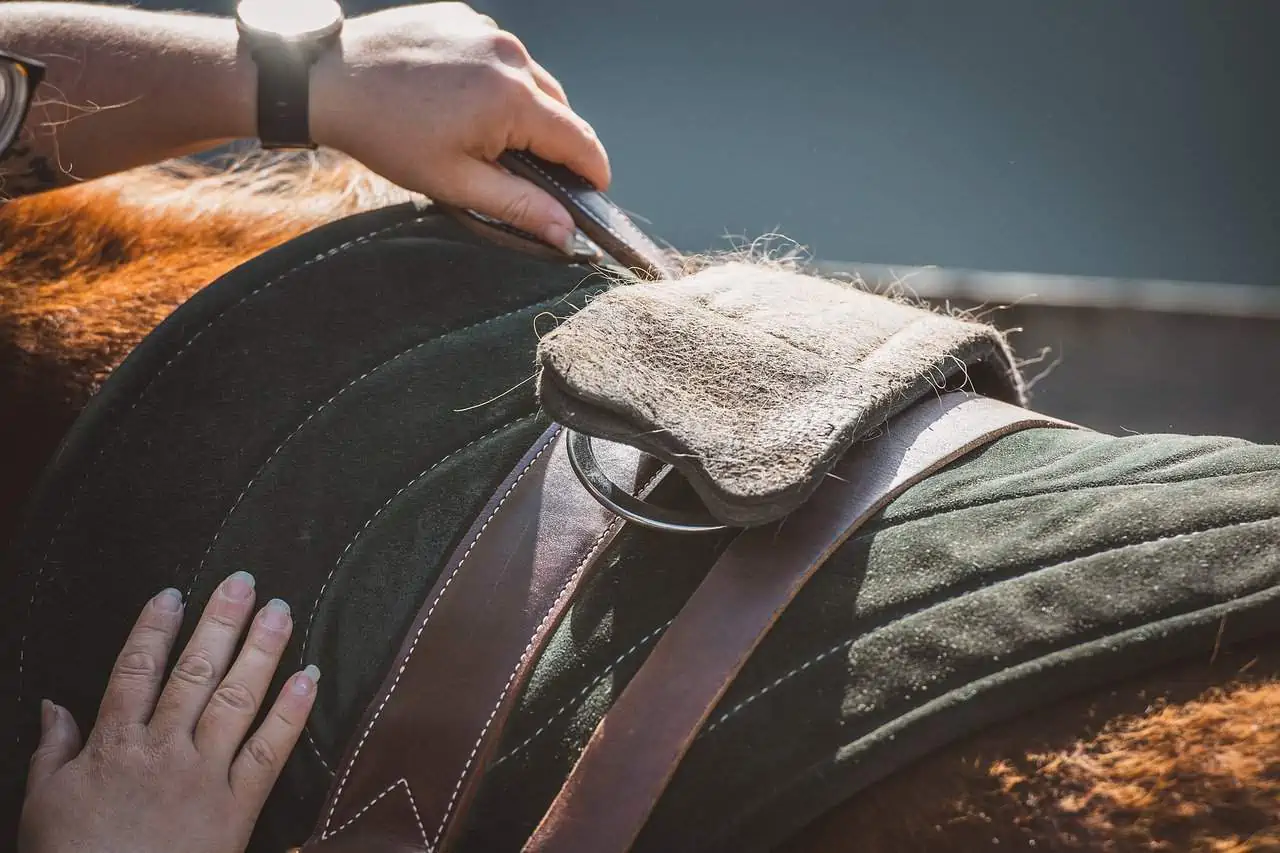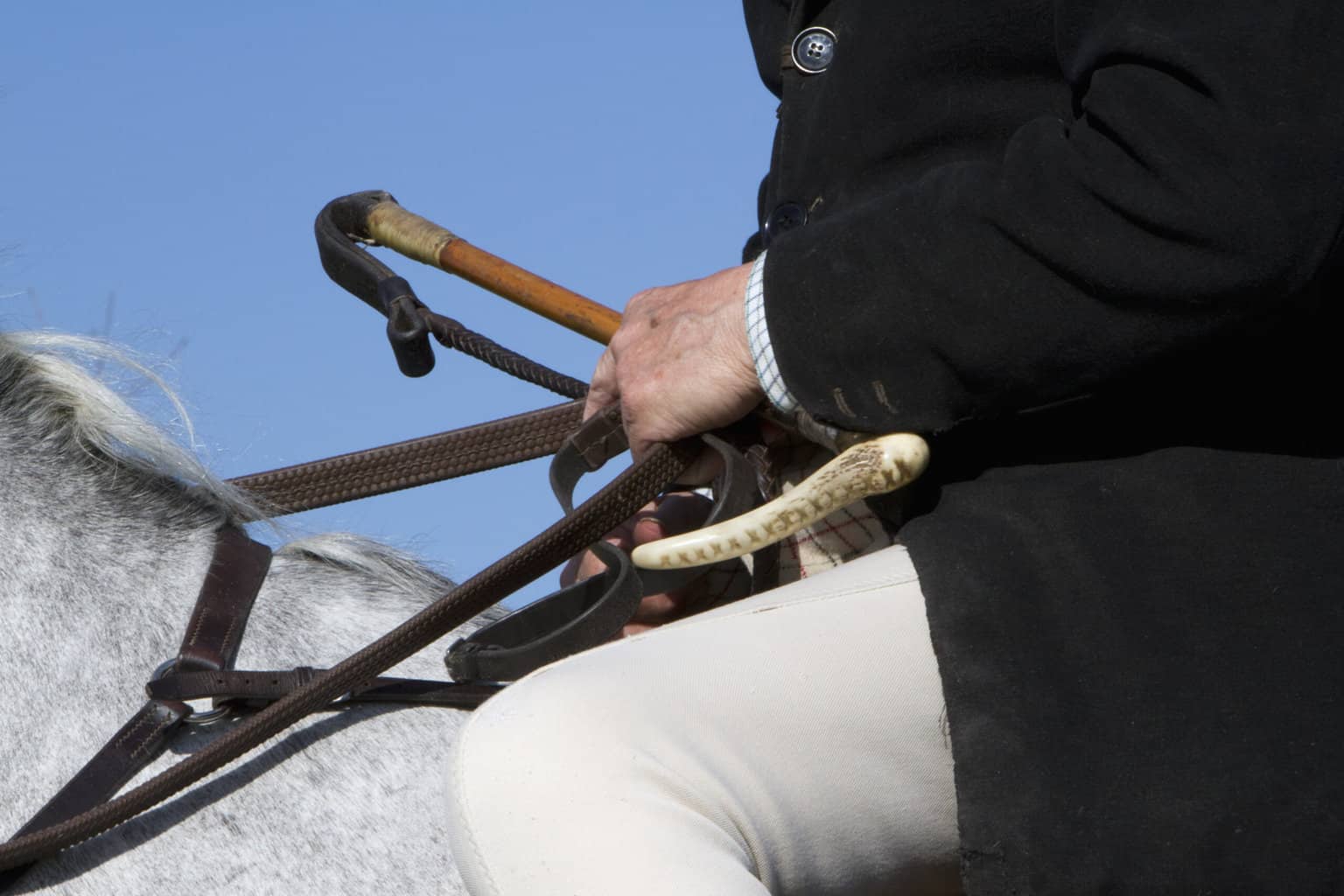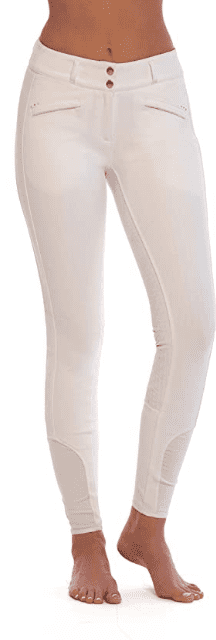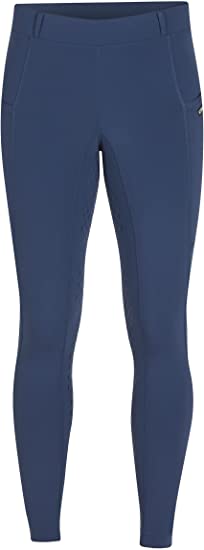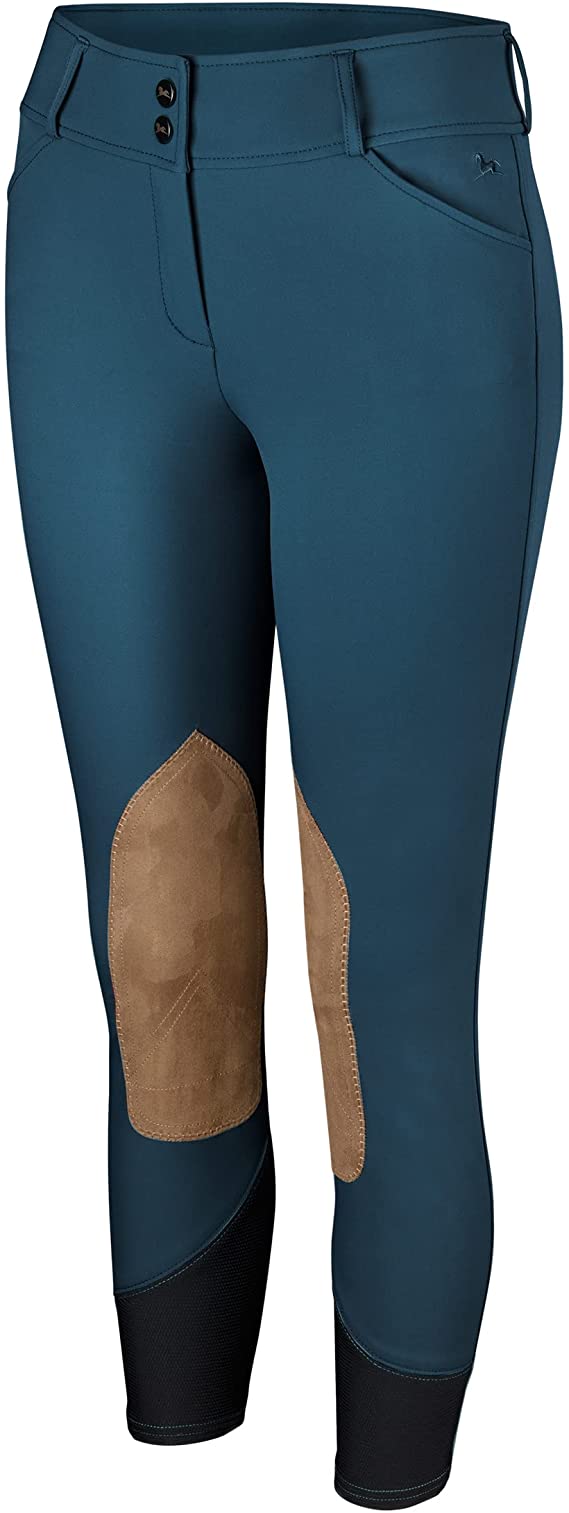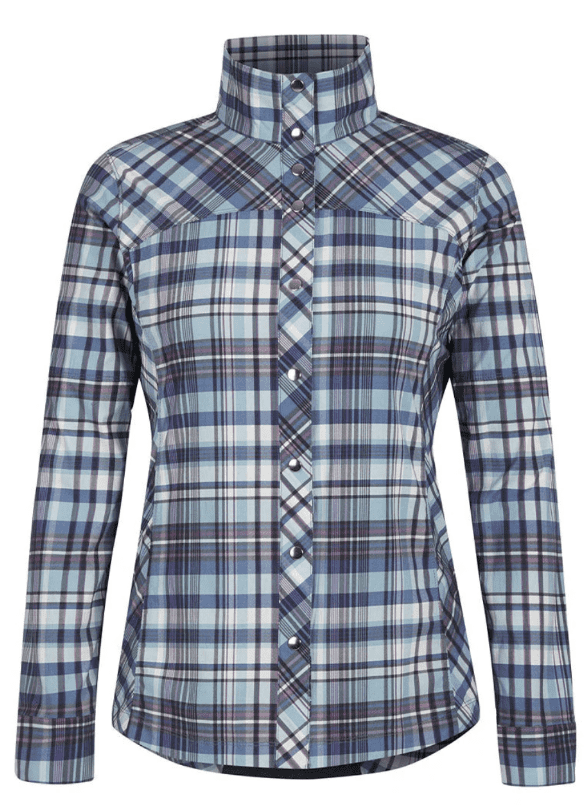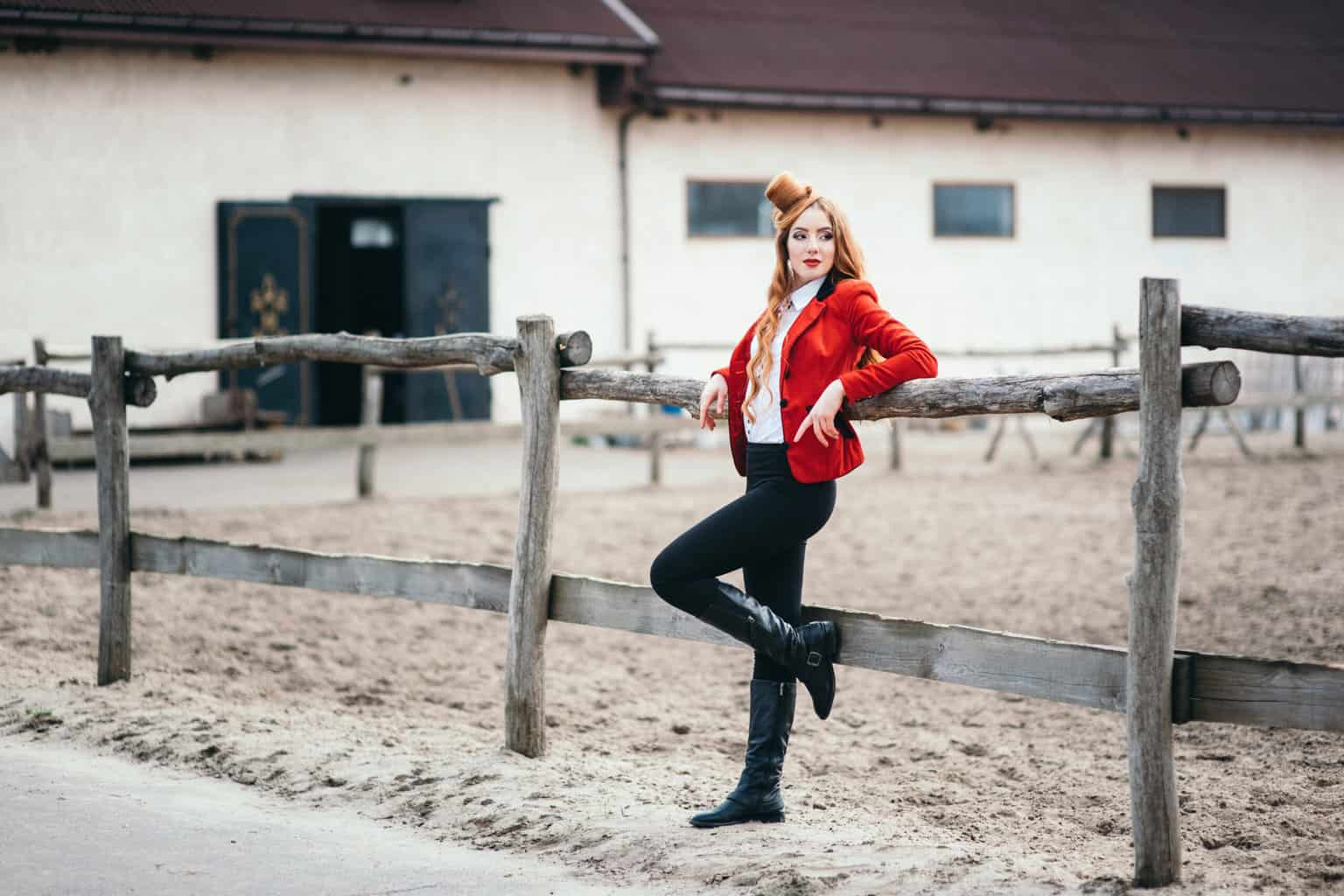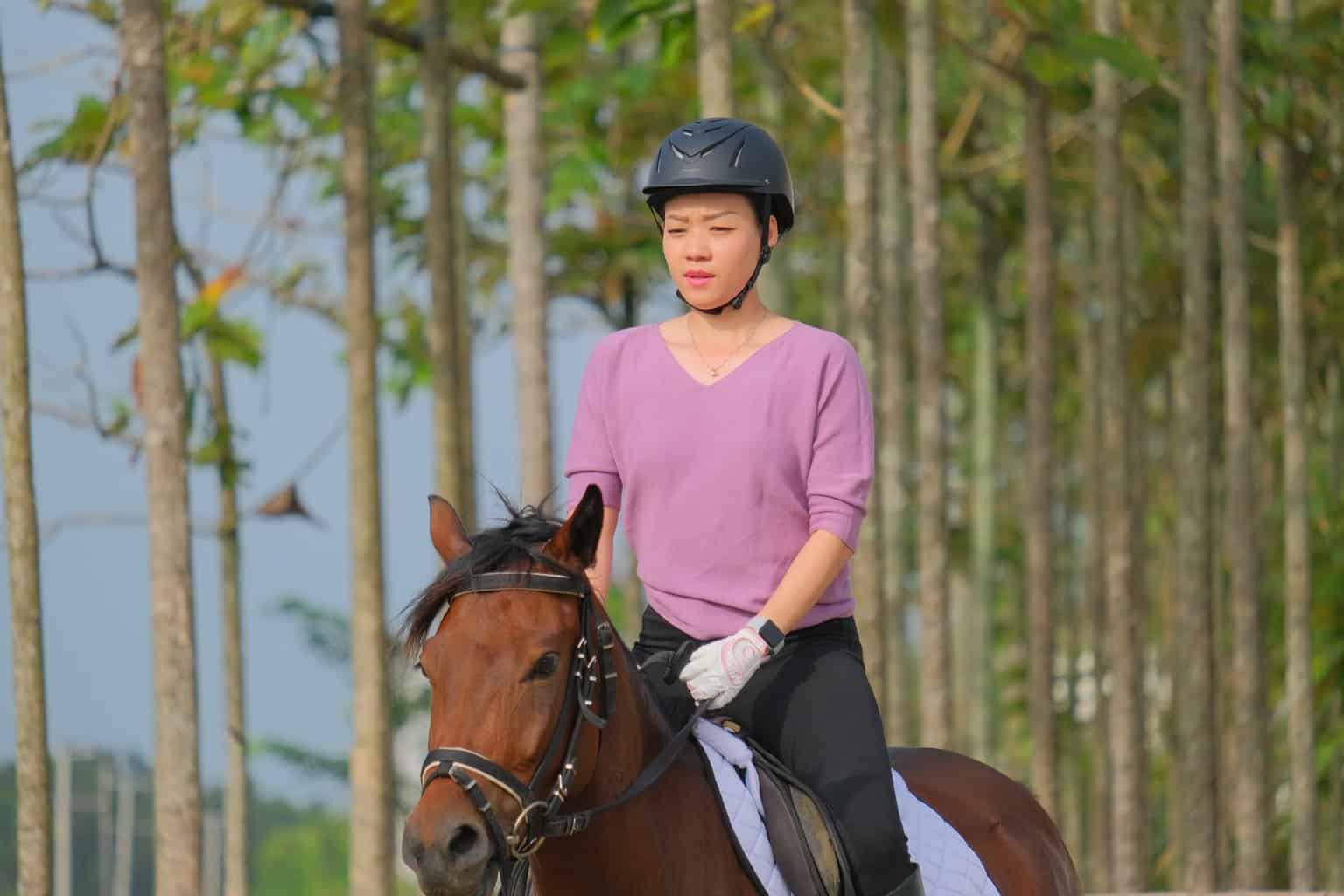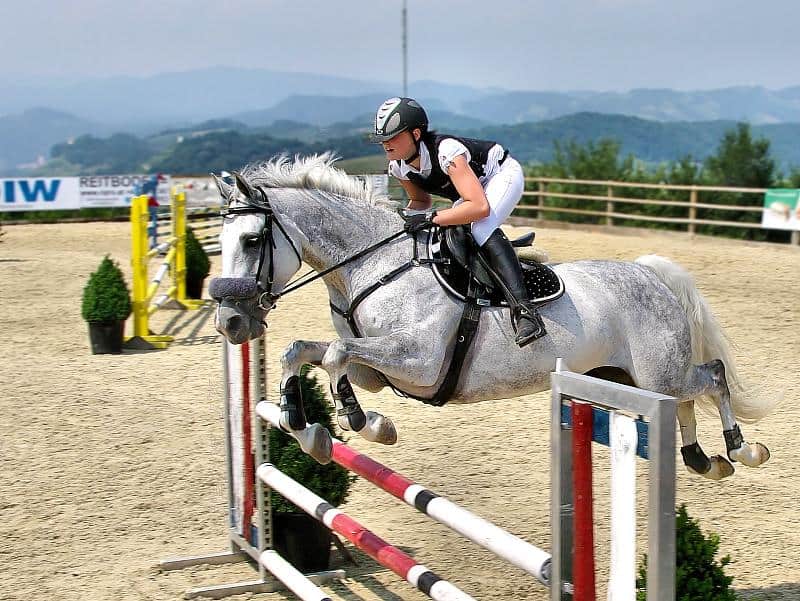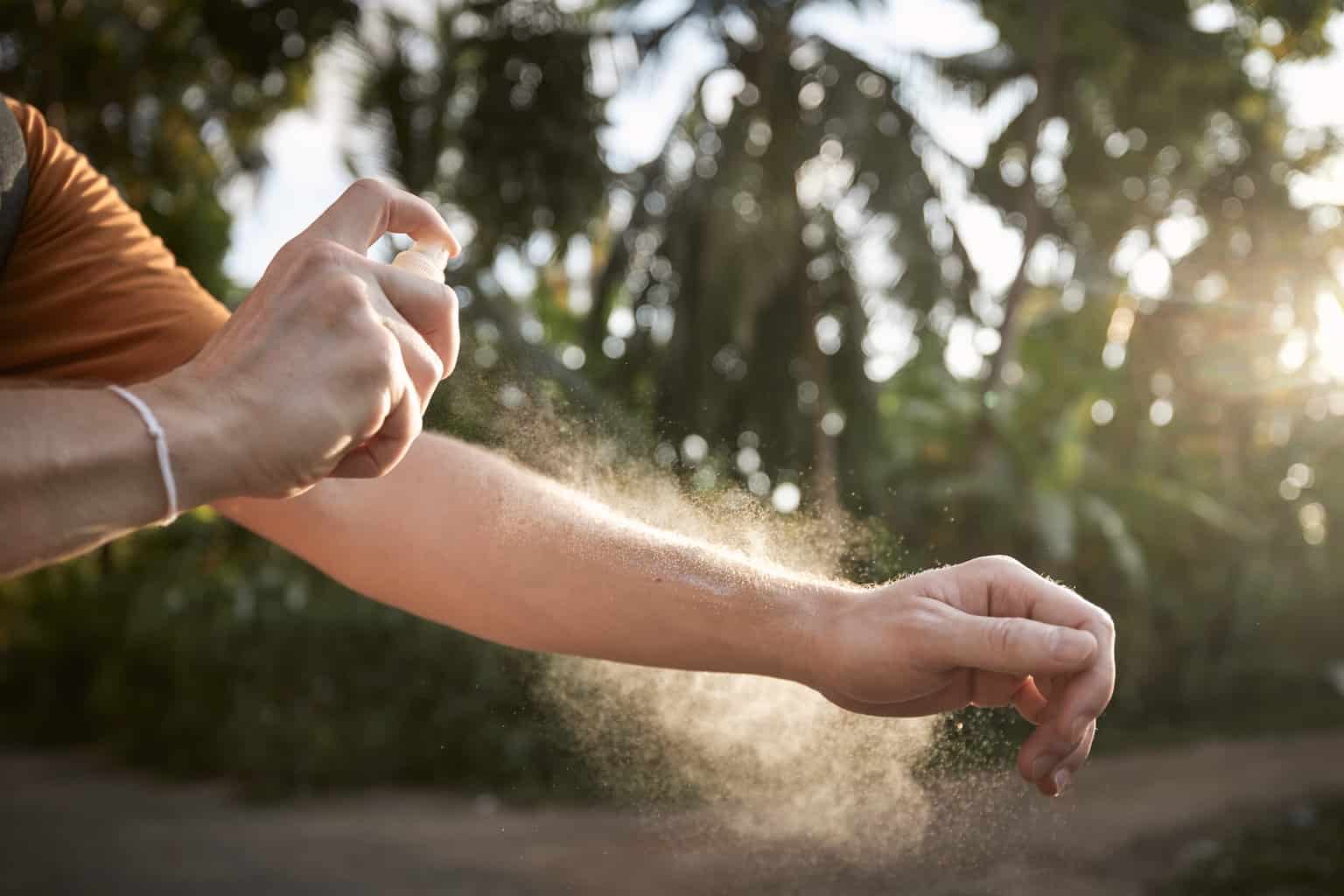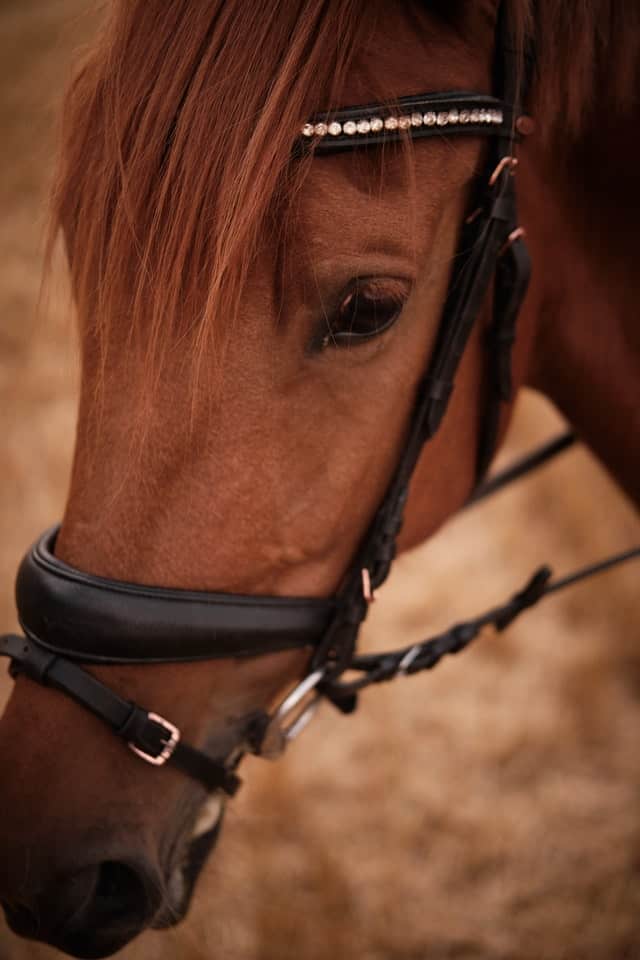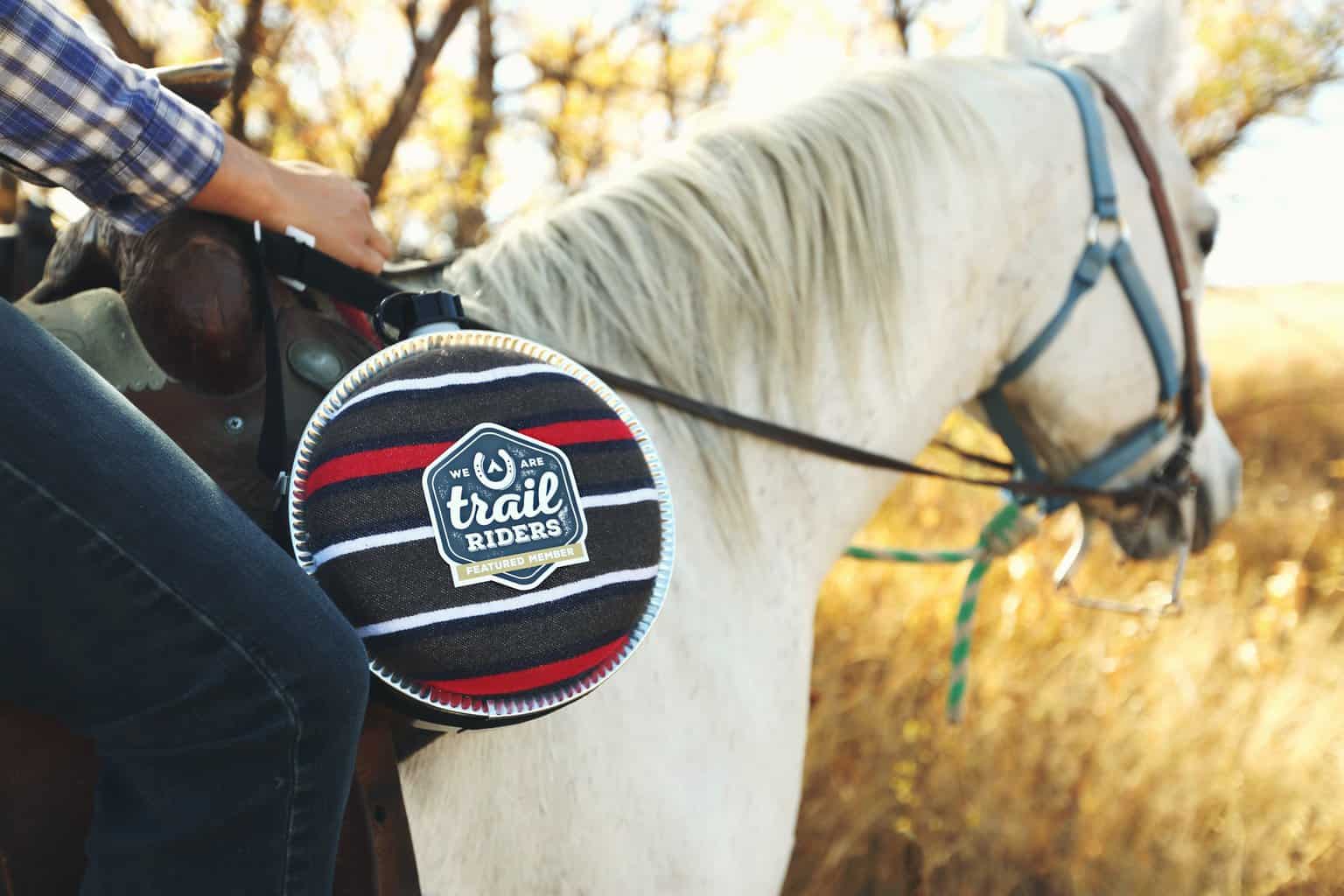- Sorrel Horse Guide - July 5, 2022
- Palomino Horse Guide - May 31, 2022
Horseback riding is an exciting hobby, and it can be a great way to get fit and socialize! I remember the first time I walked into a tack shop. I had absolutely no idea what I was looking at.
The abundance of different types of horse gear was just overwhelming! But don’t worry, it doesn’t have to be confusing or hard to choose what you need. The perfect horse gear list for beginners (and even seasoned veterans) will eliminate headaches and help you get out on the trail faster.
Whether you’re doing dressage, polo, or trail riding, horse equipment will make your life easier. The first thing to think about when shopping for horse riding equipment is how you’ll use it.
For example, if you’re going to compete in higher-level events like jumping or racing, then you’ll need special equipment for these sports. Think about what features appeal to you most and consider the quality of the items you pick.
Do you Always Need the Newest Gear?
New horseback riding tack and equipment are usually bulky, and you don’t intend to carry them around every day. Instead, you want to buy the right size to match your height, which is why we put together a must-have guide for all levels of riders that can be copied and used whenever you buy new gear for your horse.
Quick Look: Here’s Your One-Stop Horseback-Riding Equipment List (The Basics)
From bits to riding boots and scabbards (I’ve always wanted to say that), horse gear and equipment might seem like a foreign language to some people. Not to worry, though; I’ve compiled a quick visual guide that you can take with you when you go shopping for your horse’s gear. Make sure to bookmark it, download it to your phone, or print it!
To keep things simple, I will break this list into two separate topics: Gear and equipment. If you’re just entering the world of horses, then you might (in the very same way that I did) wonder to yourself, hey, isn’t that the same thing?
Don’t feel ashamed. It’s a common assumption- but easily rectified. Let’s take a look.
Essential Horse Riding Gear (Your Basic Starter Pack)
Equiptment for Riders
- Jodhpurs or breeches (riding pants)
- Riding boots. These can either be paddock boots or tall boots that protect your calves.
- A shirt made from a breathable fabric. I’ve found that the most critical types of shirts are those that do not impose or restrict my movements.
- Half chaps (these are also a protective measure to prevent chafing)
The following two items are Essential for equestrians
I strongly advise beginners to wear helmets as well. Helmets will help you not only feel safer as you start on your horse riding journey but go a long way towards protecting your head if you do take a tumble (everyone does when they are starting).
This following list focuses on the type of equipment you will need to keep your horse and stable in top shape. Remember, horse riding is not just about the actual riding. If you take good care of your horse, then your horse will take good care of you.
 Gear for Riding and Taking Care of Your Horse
Gear for Riding and Taking Care of Your Horse
First aid kit – and no, you don’t have to keep this on you when you ride, but make sure there is always one in the stable or barn.
Tools for grooming and riding your horse
- Fly spray (this is a highly underrated yet handy thing to have)
- A horse blanket
- Saddle
- Saddle pad
- Girth
- Stirrup irons and leathers
- Bridle
- Reins
- Bit
Now it is time to take a deep dive into the different types of equipment, and it’s your lucky day, too- because I’m going to share my favorite brands and the exact items I use or have used in the past. The list below contains the stuff your horseback-riding self will need. Most of these items are built with safety in mind.
A rider’s first step in equipping herself for riding is to obtain specific items of clothing and equipment.
Riding Pants
Certain kinds of pants called breeches are designed for horseback riding. The most apparent differences between formal trousers and breeches are the material and fit.
Equestrians made breeches for horseback riding. They are stretchy and made of thin fabric with no inner seam to keep them from chafing. Jodhpurs are typically worn by children but are sometimes worn by adults.
There are three common types of breeches:
- Riding tights – honestly, these are probably my favorite. They are the perfect combination between tights and breeches, without any restriction. They come in two different types, with full seat or knee gripping patches. They also do not have any zips or buttons.
- Knee-patch breeches – this is ideal for jumpers because they are made with gripping fabric around the knee area.
- Full seat breeches – these are the ‘fancy’ pants for most dressage riders. They are designed with a grip that runs from the inner knee right over the seat of the pants and helps the rider with a better overall grip in the saddle.
When looking for breeches, make sure that:
The material is stretchy and made of thin material. This helps you to have freedom of movement and still be comfortable. Breeches should be a tight fit, but with the right material they will move with you, instead of regular tight trousers that tend to restrict movement.
Sure, you see cowboys and girls in denim, and if that is what you are comfortable with, then go for it. But, I highly recommend proper breeches, especially if you are just starting out.
- Look for cotton or cotton blends; alternatively, you could Look for advanced microfiber (these absorb moisture) blends as well.
Hot Tip: Choose your riding pants based on your climate. If you live in a hot climate, the more breathable cotton or microfiber pants will keep you cool. If you want to go riding when the temperatures begin to dip down low, denims or corduroy pants will be your best friend. I highly recommend finding a pair of pants with a fleece inner- this will make sure your legs stay nice and toasty and your muscles limber.
My Recommendations:
Many riding disciplines and equestrian competitors wear breeches, and there’s a wide selection of choices. Some people prefer high-waisted or low-cut breeches, while others choose denim. When you are searching for breeches that make you look your best—and feel good, too—it’s easy to find a pair that is just right. Here are my favorites:
Full Seat Fav: Goode Rider Full Seat Miracle Breech
Why I Like It:
Goode Rider Miracle full seat breeches have the fit and stretch you’ve always wanted. They’re made of 24 percent spandex, so they have incredible stretch and support—yet they keep their shape. With a mid-rise design, they fit around your hips just right.
And with their fashionable gold-threaded band around the pockets, they’re sure to bring just the right amount of subtle sparkle to your show wardrobe.
Cons:
- These are great pants for the summer but they will not keep me warm when its cold. This is the only con I can think of!
Tight Fav: Kerrits Women’s Ice Fil Full Seat Tech Tight
Why I Like It:
These are, hands down, my summer favorite! Kerrits Ice Fil tights are equipped with a patented fabric that lowers skin temperature by up to five degrees. With anti-slip protection on both the legs and seat, these breeches will keep you warm and comfortable in any season. I live in a subtropical climate, so these are my go-to pants, except when I’m doing those magical wintery sunrise morning rides.
Cons:
- Once again, these pants will not work for me in the colder months.
- Since these pants are made with patented fabric, they are a little more expensive than others.
This brings me to my favorite cold-weather riding pants…
Cooler Weather Fav: RJ Classics Gulf Ladies’ Natural Rise Front Zip Breech
Why I Like It:
Gulf breeches feature a natural rise and a stylish little zipper on the front to add a pop of fun to everyday activities. You’ll look great in your favorite color—Bijou blue or strawberry jam, or go for tan or black for a more traditional look.
They have an incredibly soft inner lining that keeps me warm on a chilly ride, but because my climate is warmer than the average winter, they don’t overheat me either! It’s like Goldilocks, but just with riding pants!
Cons:
- Look, I love these pants because they are perfect for my climate. But if you live in a place that has colder weather you might not get the warmth that you need from these pants. These pants are best for weather that starts off cold, and then starts to warm up when the sun comes out. But if your climate is more stable than mine, I would recommend pants that offer more warmth.
Riding Boots
When you’re a horseback rider, the right pair of equestrian boots are essential. Riding boots have the right features to keep you safe in the saddle; they don’t slip on stirrups and protect your feet when you’re riding. Please do not make the mistake of thinking regular boots will do the trick! Riding boots are designed with the following safety features:
- a slight heel
- a sole with just enough texture to keep your foot in place in the sturrup
- inner protection around your toes (also referred to as a toe box)
You Can Find Two Different Styles:
Tall boots
As the name suggests, these boots extend up the shin towards the knee. They are typically used for show riders but are also helpful when schooling. My favorite thing about tall boots is they can prevent the saddle from pinching you.
Paddock boots
Short boots, called paddock boots, will offer comfort and flexibility during your ride but may not provide the best grip or protection from the elements. They can be used with half chaps to boost your grip and protection.
Shirt
For horseback riding, it’s best to wear a shirt specially tailored to the activity. However, any shirt that doesn’t restrict movement and is made of breathable fabric is suitable. It’s ideal to have UV protection in your shirt to spend more time outside in the sun.
Honestly, my favorite is one that is a cliche flannel. But I would recommend one that has UV protection, such as the following:
Kerrits Women’s Triple Chill Sun Shirt
Why I Love It:
This shirt checks all of my boxes with UV protection and a flannel design!
Cons:
- Let’s face it, flannel isn’t for everyone (not everyone wants to live out their cliche Yellowstone fantasies).
Half Chaps
To get the best fit, measure your calf width over a pair of pants that match the kind you’ll typically ride in. If you wear thicker or thinner pants, you’ll have to order half chaps customized to fit. Also, make sure they’re high enough to accommodate the height of your paddock boots.
Helmet
If you are a horse rider, you know that horseback riding is a dangerous sport. You have heard stories about people who have sustained head trauma and even died from it.
A horse riding helmet will decrease the risk of sustaining head trauma from falling off your horse or getting struck by your saddle or stirrups, as well as protect your head against falling objects such as branches, rocks, and other debris.
Riding Vest
When riding, it’s a good idea to wear a safety vest. These vests protect the torso from hoof strikes and absorb the impact of falls. There are different styles of vests, some filled with air and others that are simply padded. A quality safety vest is made of tough materials and includes adjustable straps that ensure proper support.
Fly Spray
Flies are small and annoying insects practically everywhere, but they really enjoy hanging around horses. Flies carry germs and diseases, so they’re bad news for both horses and riders. But you don’t have to live with them! You can minimize the danger by minimizing their access to your horse and using fly sprays.
A Horse Blanket
Why do horses need blankets?
The leading reason horses need blankets is to keep them warm in cold weather and cool in hot weather. Horses are like people — they can feel the temperature outside their bodies. If it’s too cold or too hot for them, they’ll need some extra help staying comfortable until they can adapt their behavior (like putting on more layers or moving into shade) or their bodies (like shivering or sweating). Blankets also protect from rain, snow, and sunburn.
What types of blankets are there?
There are four main types of horse blankets: fleece, cotton twill, waterproof/breathable, and polar fleece. Each has its own advantages and disadvantages depending on what kind of climate your horse lives in as well as what kind of activities he does that expose him to the elements.
Here are the basics: A blanket is used to help protect your horse from the elements (rain, snow, wind), keep him warm when he’s cold, or cool when he’s hot — basically, anything that might cause him discomfort. There are different kinds of blankets depending on what kind of protection they offer:
A sheet is just a sheet — no lining or insulation. It offers little protection from rain or snow but can be helpful if you want something lightweight that won’t add bulk under other layers (like an outerwear layer). You might use this type of blanket during the summer months when there isn’t much moisture in the air.
A stable sheet is like a sheet that has been lined with polar fleece or another insulating material that will keep your horse warm when the temperatures dip.
A waterproof blanket is essential if you know your horse will be out in wet weather. Cotton twill will help your horse by still allowing air to circulate around the animal’s body, so they don’t get too hot underneath them.
What kind of blanket should my horse wear?
The first thing to consider is what kind of climate you live in. If it gets icy where you live and the nights are long and dark, your horse will most likely need a heavy-weight blanket with lots of fleece. If it’s a lightweight blanket with no more than two layers of fleece, it might be too thin for your horse. However, if it’s not so cold where you live and nights tend to be short (or even warm), then a lightweight blanket might suffice.
Saddle: Including Saddle Pad and Girth
When it comes to choosing the right saddle for your horse, there are a lot of factors to consider. And one of the most important is fit. When you buy a saddle, you’re making a considerable investment in your horse. You want to be sure that the saddle fits both you and your horse well and will last for years.
The best way to make sure you get the right fit is to measure your horse correctly before you buy a saddle. A good measurement tool is called a “saddle measuring stick.” It will help you get an accurate measurement and determine if the size of the saddle is appropriate for your horse and riding style.
Measuring Your Saddle
For your horse: Measure the length of his back from where the cinch attaches at his withers (the shoulders) to where it connects under his belly (the girth). Also, measure from where the cinch connects at his withers down to where it attaches at his tail. The distance between these two points should be about 18 inches for most horses. If yours isn’t, he may need a different size saddle.
For yourself: Measure from shoulder blade to shoulder blade across your back (about 4 inches above where it joins with your neck). Then measure from shoulder blade to shoulder blade across your chest (roughly 3 inches below where it joins with your neck). The distance between these two points should be about 12 inches for most people—but if yours isn’t, you’ll want a different size saddle.
Once you have a properly-sized saddle, it’s time to look at how you’ll care for it! Saddles need regular cleaning and maintenance, primarily if they’re used on multiple horses or in dusty conditions. You’ll also want to make sure that your saddle doesn’t rub against your horse’s skin—that can cause sores or other problems down the road!
To prevent this, use a pad under the saddle acting as a thin layer of cushion between the saddle and your horse’s backside. This will keep things comfortable for both of them! A good rule of thumb is that if you notice any wear on either side of the tree (frame), replace it immediately. You can also take preventative measures by storing your saddle in a dry place when not in use.
Girths are usually made of leather or nylon. They should fit snugly enough to keep the saddle in place but not so tight that they rub against your horse’s skin.
If you are using a blanket rather than an English saddle pad, make sure it is large enough to cover all four legs of your horse. The blanket should be loose enough so that it doesn’t rub against your horse’s skin or cause rashes or other problems.
When shopping for a saddle and other riding gear, remember: shopping is fun! You’ll get to try out different saddles and see which one feels best for you and your horse.
Stirrup Irons and Leathers
Stirrup irons are a vital part of riding a horse. Stirrup irons are designed to provide a stable area for your foot to mount your horse. They are attached to the stirrup leather, which attaches to the saddle tree under the skirt. Stirrup irons serve to provide a sturdy flat base of support for your foot while riding and a stable area for your foot to mount your horse.
Stirrup irons can be made of either iron or steel and are available in various sizes and shapes. The standard size is 2 1/4 inches wide and 4 inches long, though some stirrups are wider or longer than this standard measurement. Stirrups come in different styles as well—some have rounded edges, while others have sharp edges that dig into your foot when you stand on them for too long (which is why it’s essential to change out your stirrups regularly).
It’s also vital to choose stirrups that will fit into the size of your boots, so they don’t slip off too easily when riding!
When choosing stirrups, it’s crucial that they fit correctly on your foot (not too loose or too tight). If you have narrow feet, you may need to purchase a pair of “narrow” or “extra narrow” stirrups; if you have wide feet, choose a pair of “wide” or “extra wide.” Some riders prefer thin stirrups with little padding, while others like thick and comfy ones.
There are also different types of stirrups: straight, spooned, or curved. Straight stirrups allow maximum room for leg movement but can be difficult for some riders because there is not much room between their heels and backsides when riding in them; spooned or curved models offer more room but can be uncomfortable if you ride for more extended periods.
When you get on your horse, make sure that both stirrups are at an equal height to easily reach them with both feet. The best way to check this is by sitting in the saddle and placing your boots on top of each other (this will give you an idea of how high or low each stirrup needs to be). Once they’re at an equal height and parallel with each other, tighten them until they feel secure but not too tight—you don’t want them cutting off circulation!
Bridle, Reins, and Bit
When riding a horse, you’ll quickly discover how important communication is between you and the horse. But when language doesn’t work, you’ll need a bridle. Think of the bridle as the translation tool so you can communicate with your horse. They allow you to control the direction and speed of your horse and make sure that the horse doesn’t bite or kick anyone. It tells your horse what to do, so you want to make sure it’s properly fitted.
There are many options when choosing a bridle for your horse, so it’s important to know what each part does and what kind of riding you plan on doing with your horse before deciding which setup will work best for both of you. The English bridle is one of the most common setups favored amongst most horsemen and women:
An English bridle has four parts: crown piece, noseband, cheek pieces, and browband. The crown piece goes over the top of the horse’s head and attaches to its mane; this helps keep the reins in place while riding, so they don’t slip out of your hand as easily. The noseband goes around the muzzle and attaches to both sides of the bit (which will be explained later).
Cheek pieces go around each side of its head near its ears and attach to both sides of the bit as well. Finally, there’s a browband that goes around its forehead just above its eyes; it also helps keep all four parts together so they don’t fall off during riding!
The bits come in many different styles, from metal to leather or even plastic! It depends on what kind of riding you will be doing with them and whether or not you plan to compete with them.
If you decide to compete with your horse, you will need to get a bit for them and yourself. Bit shanks are measured in inches from end to end and range from 0-1/4″ (smallest) all the way up to 3″. You can choose between two or three rings on each side depending on how much control over your horse you want during competition.
The larger rings allow more contact between the rider’s mouth and the animal’s mouth, but there is less control overall than with smaller rings because they allow more room for jaw movement.
FAQs
Answer: The typical horse rider has a lot of gear. It comes with the territory. After all, horses are expensive! And to be out on the trails and in your own backyard requires standard equipment that can’t always be purchased easily (if at all).
Answer: Someone who makes and repairs (and also sells) equipment for horses is called a saddler.
• Answer: If you want my absolute top three basics that you need from the get-go, here they are:
• A good saddle that fits both horse and rider
• A sturdy pair of boots (it doesn’t have to be expensive)
• A helmet (also doesn’t have to be expensive)
Answer: Blinkers are a piece of horse tack that prevent the horse from seeing to the rear and even to the side. Blinkers are also called blinders, and they can be used for many different reasons—to keep a horse focused on what’s in front of them or keep them from seeing an object or person behind them, so they don’t spook.
A Final Note
The thrill of riding a horse can be more incredible than all other sports combined. Horses are magnificent creatures full of grace and power.
Once upon a time, your horse was unshod and saddled. Then came the stirrup. Then came the saddle pad and blankets. The list goes on and on. Today, if you were to head into your local horse tack shop, you’d be assaulted with a vast array of items that make up a modern equestrian outfit—items like horse boots, leather vests, wool jackets, treats, and supplements galore.
It’s no wonder new riders are left daunted by the thought of what they need to enjoy their first days in the saddle safely…it all can be a lot of information to take in!
You’re excited to get started, and you should be! But when you first begin riding horses, it can be a bit overwhelming to know where to start. You might want so many things—or think you need—and it’s easy to get caught up in all the shiny new gear and the latest trends. But before you do any shopping, I recommend taking a step back and looking at what you really need up-front. Everything else can wait.
When I first started riding horses, I had no idea how much stuff there was out there. I didn’t know which brands were good and which weren’t, who made what kind of products, or where even to start looking for them. It was overwhelming! And it was even more overwhelming when I started thinking about how much money all that new stuff would cost me.
If this sounds like something that might happen to you (or if it already has), here’s some advice: focus on what you really need up-front. Everything else can wait until later—once you’ve got your basics down, then go ahead and invest in all those other things!
I hope my product recommendations also help you with the decisions you have to make, or at the very least, this guide is a goldmine for you to get started on everything you need to know about horse equipment and gear.
emember to enjoy your riding and to respect your horse. Once you begin to develop that relationship, you’ll soon discover that no words can really do justice to the bond you develop with your horse (or horses, hopefully).
Happy riding!
Recommended Reads:
- Best Western Spurs Guide
- Best Horse Trough Heaters Guide: Keep Your Horses Hydrated Year-Round
- Best Horse Trailer Ties for Long Hauling Horses
- How to Find the Best Saddle Pommels: The Most Accessible Way to Carry Your Gear
- Best Horse Trailer Mats to Keep Your Horse Safe and Comfortable
- How To Find The Best Horseshoe Studs and My Top Picks
- Best Horse Feed Buckets Guide: All You Need To Know About Different Horse Feeders
- Best Quarter Sheets for Horses: A Cozy Take On Your Horse’s Hindquarters
- Best Hay Storage Solutions for Horses
- German Martingale Guide: Choosing the Best Guidance for Your Horse
- Best Shoo Fly Boots Guide – My Top Six Picks
- Best Horse Fly Masks Guide

